When seasonal allergies hit full force, it can really knock you down. Itchy red eyes, runny or stuffy nose, and all the “fun” stuff that comes from allergy season! There are a lot of suggestions for how to use essential oils for allergies, but a lot of conflicting information out there. Never fear, busy mama! In this article, you’ll find just the essential oil information you need to easily address seasonal allergies in your household with success.
Here’s what we’ll cover:
- Best essential oils for seasonal allergies
- Kid-friendly list of essential oils for allergies (and what to substitute in when you find a recipe with an oil that isn’t kid safe)
- Instructions for making your own diffuser, roller bottle, and inhaler blends
- Eight simple recipes to get you started!
- Free cheat sheet with all this info in one convenient download!
Disclosure: *This post may include affiliate links. As an affiliate, I earn from qualifying purchases. Read the disclosures and terms for more information.
Before We Start: Replacing Harsh Cleaners
First off, removing irritants from your environment can help with allergies overall and should be a preventative measure. Consider replacing harsh cleaners with more gentle and natural cleaners. Anything that is putting irritants in the air can impact lungs, and many people indicate that their overall seasonal allergy reactions go down once they start making good changes.
Here are a few natural cleaning recipes to get you started. Also consider simple steps toward replacing personal products with solutions such as this DIY hand cleanser and simple perfume recipes. Start making one switch at a time and pretty soon you’ll have a household that is healthier.
Best Essential Oils for Allergies
If you are struggling with allergy symptoms, there are several essential oils that can help. You can consider any of the below to be great oils that help avoid or soothe allergy symptoms.
See which ones you have on hand a build a recipe from them, or use the recipes I’ve posted toward the end of this article as an easy way to get started.
The oils in this list include those that have antihistaminic properties, anti-allergy benefits, help with congestion and mucus, and support the immune system.
*** For a list of kid-safe oils and a cheat sheet you can download, go farther down in this post.
- Tea Tree (Melaleuca alternifolia)
- Eucalyptus (globulous or radiata)
- Frankincense (Boswellia carterii)
- Siberian Fir (Abies sibirica)
- Basalm Fir (Abies balsamea)
- Laurel Leaf (Laurus nobilis)
- Plai (Zingiber cassumunar or Zingiber montanum)
- Blue Tansy (Tanacetum annuum) – Can inhibit some over the counter drugs and those metabolized by CYP2D6.
- Cedarwood (Cedrus atlantica)
- Sandalwood (Santalum album)
- Helichrysum (Helichrysum gymnocephalum)
- Ravintsara (Ho Wood – Cinnammonum camphora) – avoid during pregnancy and breastfeeding
- Roman Chamomile (Chamaemelum nobile)
- German Chamomile (Matricaria recutita)
- Niaouli (Melaleuca quinquenervia ct 1,8 cineole)
- Scotch Pine (Pinus sylvestris)
- Lavender (Lavandula angustifolia)
- Spike Lavender (Lavandula latifolia)
- Blue Cypress (Callitris intratropica) – avoid during pregnancy and breastfeeding
- Black Spruce (Picea mariana)
- Sweet Marjoram (Origanum majorana)
- Sweet Orange (Citrus sinensis)
- Peppermint (Mentha x piperita)
- Lemon (Citrus x limon)
- Geranium (Pelargonium roseum X asperum)
How to Use Essential Oils for Allergy Relief
You can take any of the above oils and combine them in equal parts for an effective blend.
- Put 15 drops total in a diffuser – For example, equal parts Tea Tree, Lavender, and Cedarwood is a good combo.
- Make a 10ml roller bottle with a 4-5% dilution – 12-15 drops total and fill the rest with carrier oil.
- Make an inhaler – 6-10 drops total on the wick of an inhaler and cap for later use.
By the way, that Tea Tree, Lavender, and Cedarwood blend (in the recipe below) is very versatile and will help reduce sinus headache and congestion, calm allergic reactions, fight off infections, reduce inflammation, and boost the immune system. Add a drop or two of Blue Tansy if you have it!
Kids Seasonal Allergies – Best Essential Oils
If you have kids, the list of oils and recipes changes just a bit for safety reasons. Not all oils are recommended for topical use or inhalation for kids depending on their age.
Peppermint is the one most commonly (and erroneously) recommended for young children. Peppermint is not recommended for topical use or diffusing for kids under 6 years old (according to Tisserand in his book Essential Oil Safety). Other oils you want to be especially careful with and know the proper ages for are Ravintsara, Niaouli, and Eucalyptus Globulous due to their high content of 1,8-cineole. They can potentially cause respiratory issues and averse reactions you do not want for your kids.
Allergy Essential Oils Safe for Kids
- Lavender hydrosol or Chamomile hydrosol (spray sparingly on linens or in air for children 3-6m old.)
- Tea Tree (Melaleuca alternifolia) – 6 months and up
- Frankincense (Boswellia carterii) – 2 years old and up
- Siberian Fir (Abies sibirica) – 6 months and up
- Basalm Fir (Abies balsamea) – 6 months and up
- Laurel Leaf (Laurus nobilis) – 6 years and up
- Plai (Zingiber cassumunar or Zingiber montanum) – 2 years and up
- Blue Tansy(Tanacetum annuum) – 6 months and up
- Cedarwood(Cedrus atlantica) 6 months and up
- Sandalwood (Santalum album) – 6 months and up
- Helichrysum (Helichrysum gymnocephalum) – 6 years and up
- Ravintsara (Ho Wood – Cinnammonum camphora) – 6 years old and up
- Roman Chamomile(Chamaemelum nobile) – 6 months and up
- German Chamomile(Matricaria recutita) – 6 months and up
- Niaouli(Melaleuca quinquenervia ct 1,8 cineole) – 6 years old and up
- Scotch Pine (Pinus sylvestris) – 6 months and up
- Lavender (Lavandula angustifolia) – 6 months and up
- Spike Lavender (Lavandula latifolia) – 2 years old and up, use sparingly
- Blue Cypress (Callitris intratropica) – 6 months and up, avoid during pregnancy and breastfeeding
- Black Spruce (picea abies, picea glauca, picea mariana, picea rubens) – 6 months and up
- Sweet Marjoram (Marjorana hortensis) – 2 years old and up
- Sweet Orange (Citrus sinensis) – 6 months and up
- Peppermint (Mentha x piperita) – 6 years old and up
- Lemon (Citrus x limon) – 6 months and up
- Geranium(Pelargonium roseum X asperum) – 6 months and up
Want to know more about some of these oils and their uses? Check out these posts:
Using Essential Oils for Kids’ Allergies
Take any of the above oils and combine them to build your recipe. Keep the following dilution rates in mind. Always use the more conservative dilution rate to begin with and increase, up to the indicated maximum, until you’re satisfied with the effectiveness of the blend.
- For kids 6 to 11 months, use a .5-1% dilution or lower
- Roller Bottle (10 ml): 3 drops total
- Inhaler: 1-2 drops total
- For kids 2 to 5 years years old, use a 2-3% dilution or lower.
- Roller Bottle (10 ml): 3-6 drops total
- Inhaler: 2-4 drops total
- For kids 6 to 11 years old, use 3-4% dilution or lower
- Roller Bottle (10 ml): 6-9 drops total
- Inhaler: 3-5 drops total
- For kids 12 and up, adult dilution rates are appropriate, but we still stick to 4% or lower, 5% for short term acute issues.
- Roller Bottle (10 ml): 9-12 drops total
- Inhaler: 5-7 drops total
How many drops should you put in your diffuser? The number of drops I indicate in recipes for a diffuser is based on a 500ml capacity diffuser. Generally, use 3-5 drops per 100ml capacity. Using too much oil can cause headaches, dizziness, and nausea.
Download the Cheat Sheet + 8 Essential Oil Allergy Recipes!
Want all this info in an easy reference format? Download the cheat sheet, print it off, and either post it somewhere visible or start a binder with all my great essential oil tips and recipes!
Plus, I’ve put together 8 recipes that you can start using now!
I hope this is helpful, friends! Let me know if you have any questions.
~ Tauna

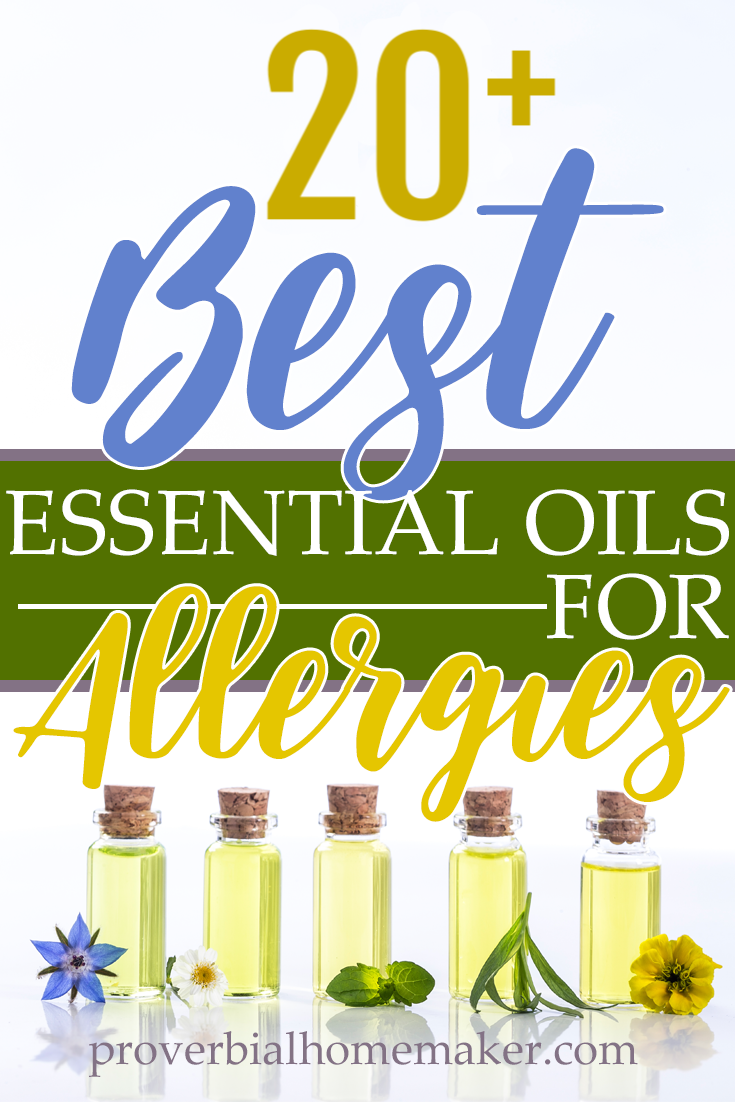
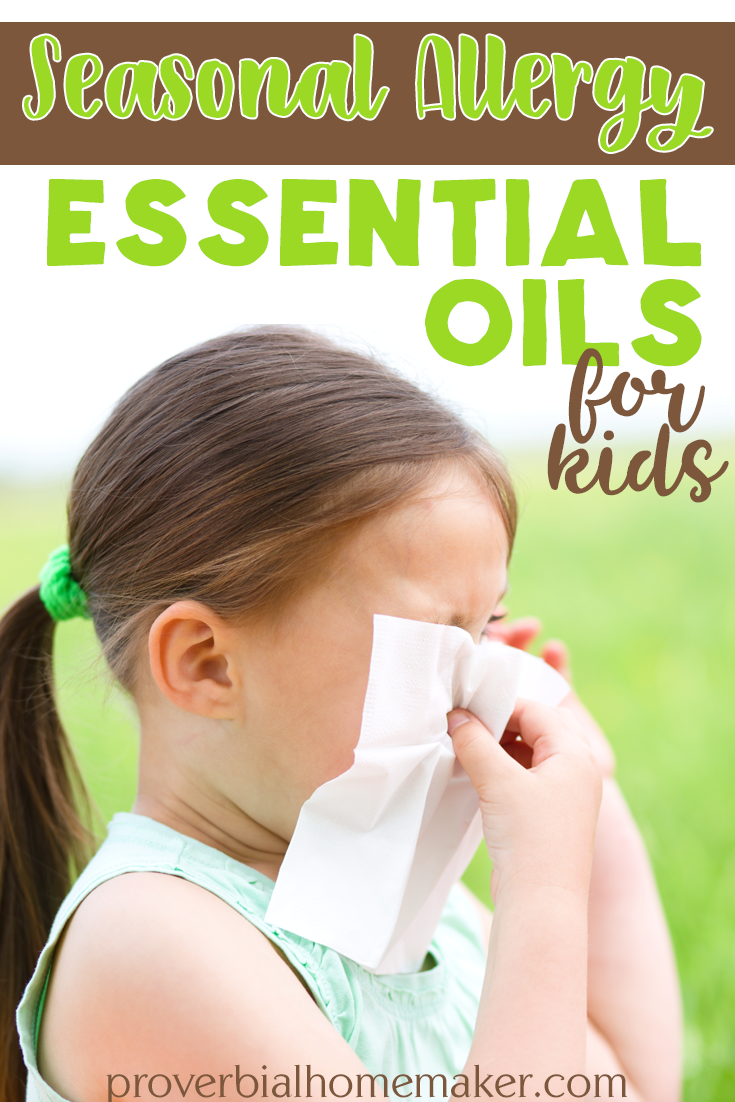
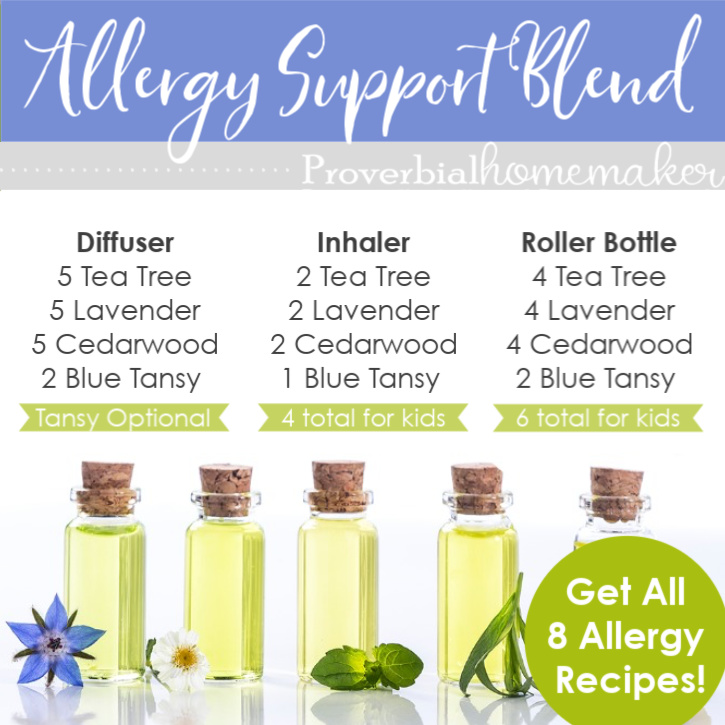
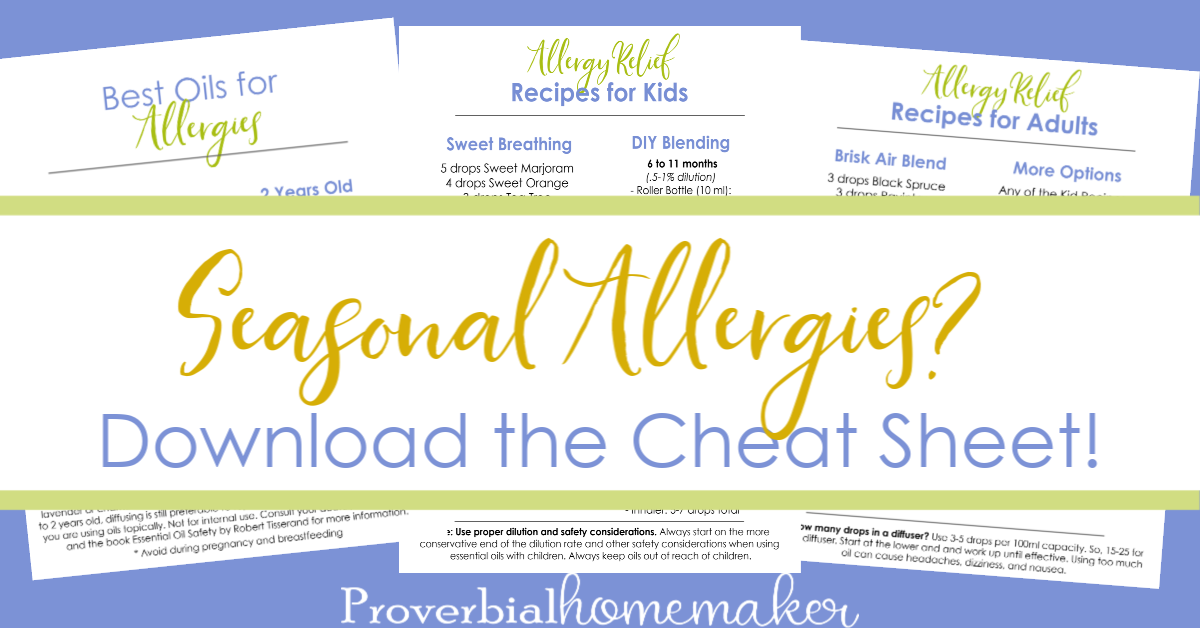
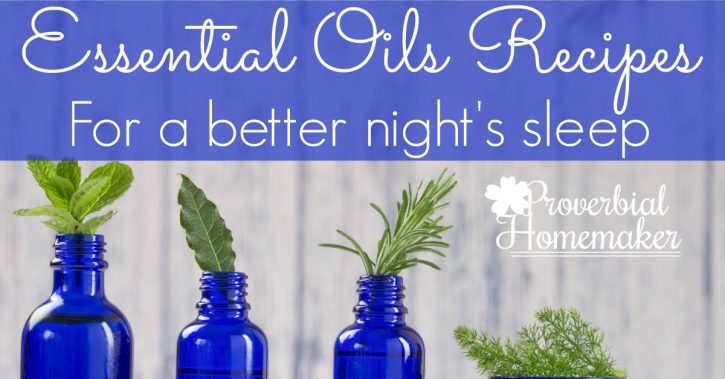


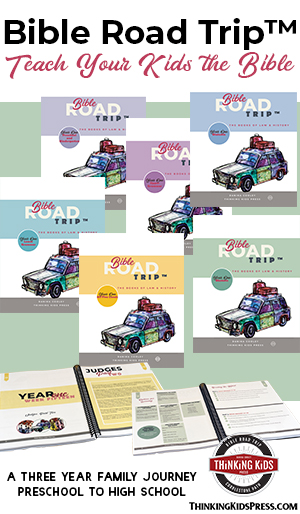
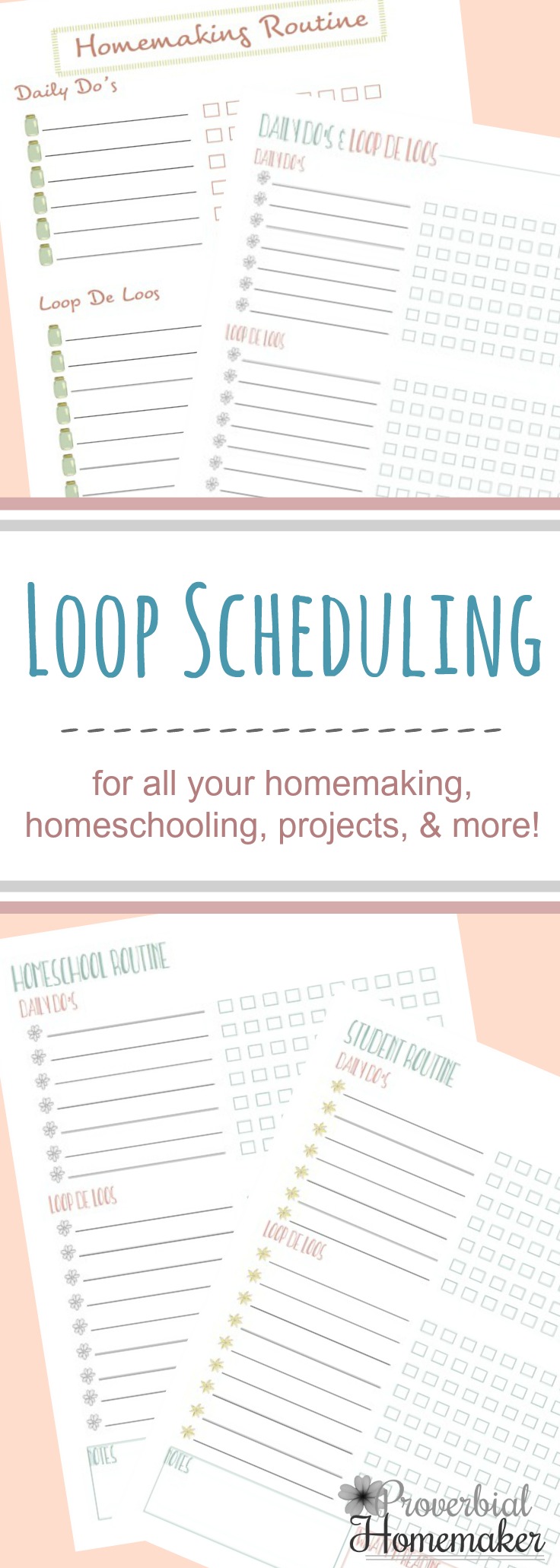

 by Stephanie, The Multi Taskin' Mom
by Stephanie, The Multi Taskin' Mom
This Post Has 6 Comments
I put 3-4 drops each of peppermint, lemon and wild orange in my diffuser when my allergies flare up. Lavender makes me react even more, so I avoid it!
Yes! Here are some other substitutions for lavender (in case anyone else is interested):
Sweet Basil (Ocimum basilicum ct. linalool): This is a warming oil that is great for cleaning the head (perfect for allergy symptoms), relieving muscle spasms and pain, healthy digestion, and reducing nausea.
Coriander (Coriandrum sativum) – Coriander is uplifting for the mood and helps clear mental fatigue. It can be used for headaches, exhaustion, and tension, and is great topically for arthritis and rheumatism.
Ho Wood (Cinnamomun camphora ct. linalol): This is a calming oil that helps heal infections and fight off cold and flu. Helps with muscle aches and spasms as well. Great topically such as in a massage oil. Note: This Ho Wood is of a linalol chemotype and is different than the Ho Leaf oil, or Ravintsara, which is of the 1,8 cineole chemotype and would need to be used cautiously with children.
Thyme ct linalol (Thymus vulgaris ct. linalol): You’ll want to choose the variety of Thyme with the linalol chemotype to get the same effect as lavender, so pay attention to the latin name when you go to purchase! It is calming, immune boosting, anti-infectous, and great for allergies or those who tend to get sick a lot.
Geranium (Pelargonium graveolens or Pelargonium X asperum): While the other 4 substitutions suggested here are rich in linelol, Geranium is not. However, it has some chemical components that give it similar therapeutic qualities for fighting viruses, calming effect, and anti-spasmodic properties. It is a great floral used in small amounts and good in kids blends in particular.
For the blend recipe provided above, what can I substitute cedarwood for? TIA
I would try Helichrysum gymnocephalum
Hi there! I would like to know whether you think it would be safe for me personally to use aromatherapy perfume oil on myself consisting of rose Otto, ylang ylang, sandlewood and cedar wood if I have a 3 month old baby?
I personally wouldn’t until the baby is over 6 months old and not nursing. I would stick to oils for scent that are safe for whatever age your child is. That may be overcautious, but considering the oils will still reach them by either nursing or by breathing in, I would only feel comfortable using oils for myself that would also be appropriate for my young/nursing child.